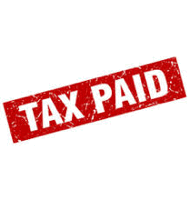 The new tax bill that takes effect in 2018 raises the standard deduction and caps certain itemized deductions. Therefore, if you will itemize your deduction in 2017, you may want to grab whatever you can this year to get the full value of those deductions. (This assumes you are not subject to AMT.) Here’s a brief summary of your options.
The new tax bill that takes effect in 2018 raises the standard deduction and caps certain itemized deductions. Therefore, if you will itemize your deduction in 2017, you may want to grab whatever you can this year to get the full value of those deductions. (This assumes you are not subject to AMT.) Here’s a brief summary of your options.
- State and Local Income Taxes. You can’t prepay 2018 state taxes in 2017. However, you should pay all your 2017 taxes in 2017. Specifically, if you make estimated quarterly tax payments, you should makes your 4th Quarter state/local payment by December 31, 2017 rather than wait until the deadline which is usually close to the federal deadline of January 18, 2018.
- Property Taxes. You can’t prepay 2018 property taxes in 2017. However, if you have property taxes based on 2017 assessments (partial or whole), you should make those payments by December 31, 2017. Basically, have you received a bill already? Pay it now. Some counties are actually trying to make things easier for you. See these NYT and WaPo articles for details. Things can get complicated if you usually pay via mortgage escrow.
- Charitable contributions. On a related note, you may want to make your charitable contributions by the end of 2017, as you may not be able to deduct your donations if you will fall under the standard deduction in 2018.
More: IRS Advisory, NY Times, National Law Review

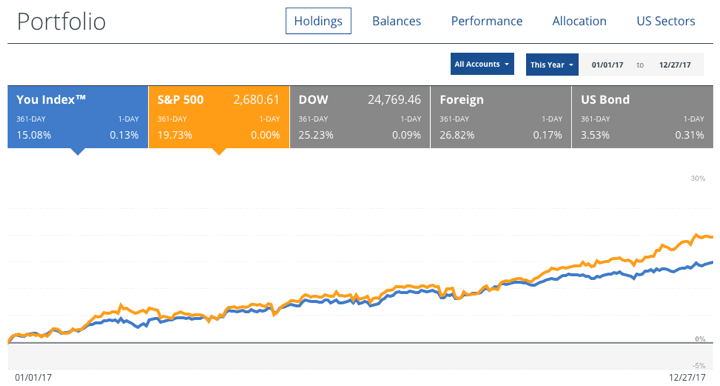
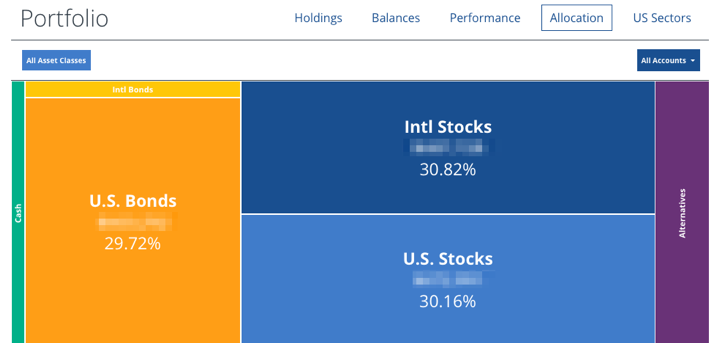
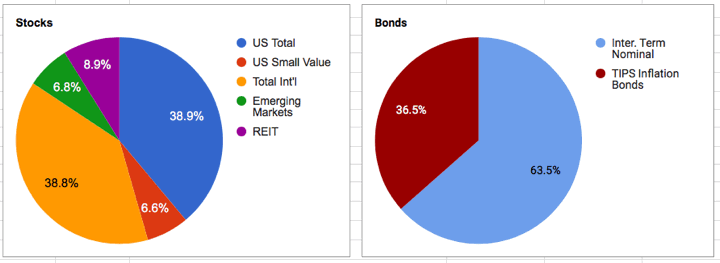
 Starting in 2018, qualified educational expenses for 529 plans will include up to $10,000 a year in tuition and expenses for primary and secondary school expenses (public, private, or religious). Previously, you could only use it towards qualified college expenses. There were also some related changes to ABLE accounts for individuals with special needs – listed
Starting in 2018, qualified educational expenses for 529 plans will include up to $10,000 a year in tuition and expenses for primary and secondary school expenses (public, private, or religious). Previously, you could only use it towards qualified college expenses. There were also some related changes to ABLE accounts for individuals with special needs – listed 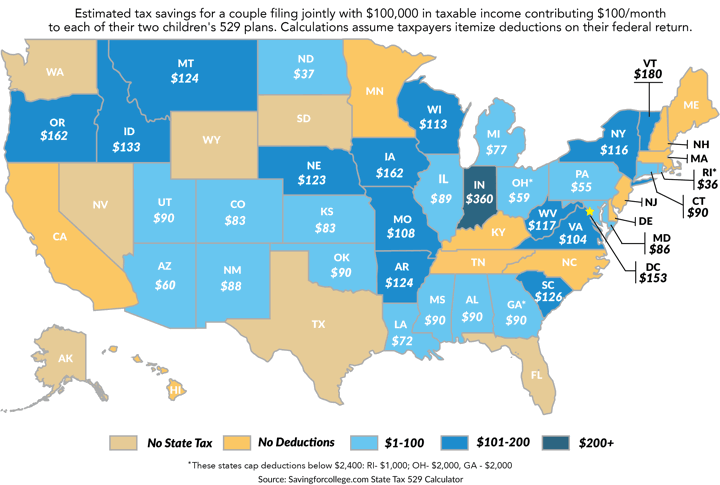




 Thinking about moving your cash to a different bank account with a higher interest rate? It’s been a while, but the short-term rates on
Thinking about moving your cash to a different bank account with a higher interest rate? It’s been a while, but the short-term rates on 

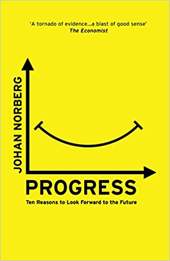 Johan Norberg wrote Progress: Ten Reasons to Look Forward to the Future, which was a 2017 Book of the Year for The Economist and the Observer. I haven’t read it, but it seems like a well-researched book with hard evidence on why we should be more optimistic.
Johan Norberg wrote Progress: Ten Reasons to Look Forward to the Future, which was a 2017 Book of the Year for The Economist and the Observer. I haven’t read it, but it seems like a well-researched book with hard evidence on why we should be more optimistic.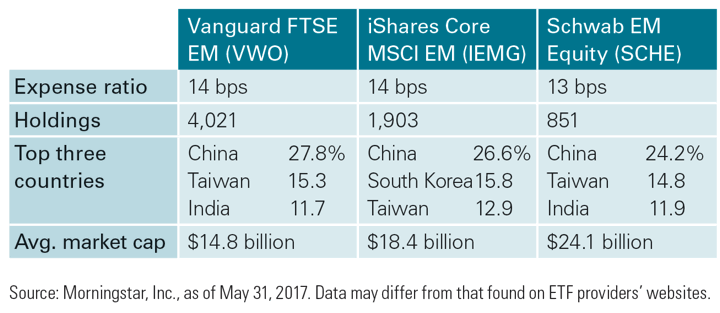
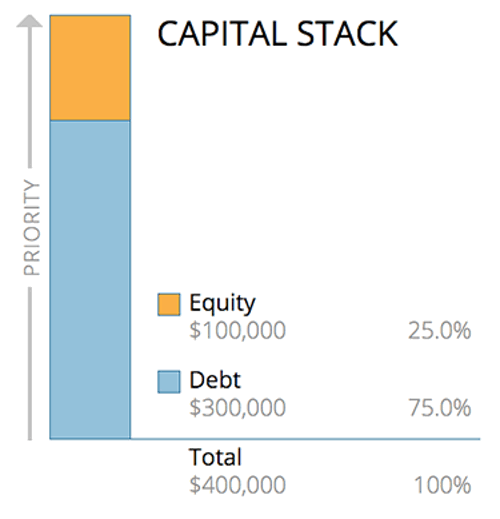
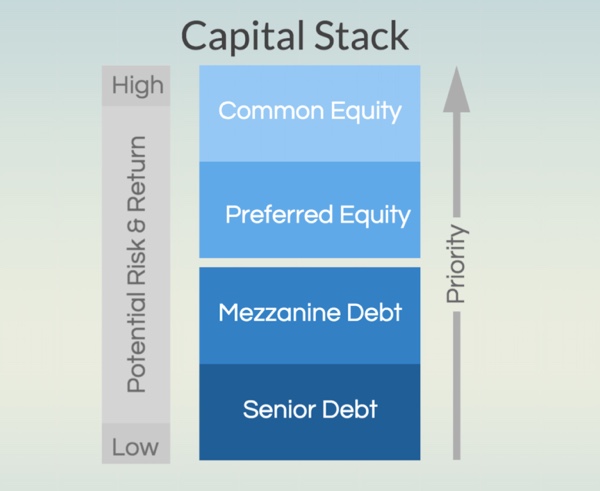
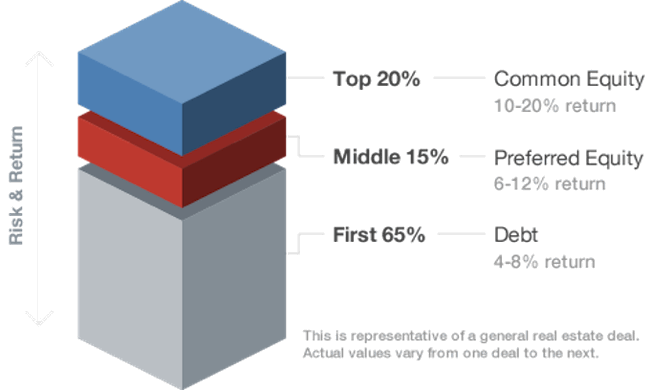
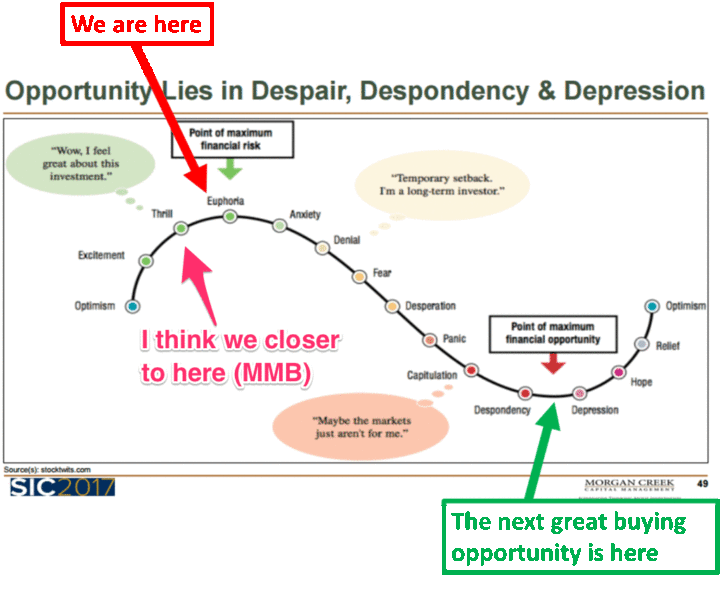
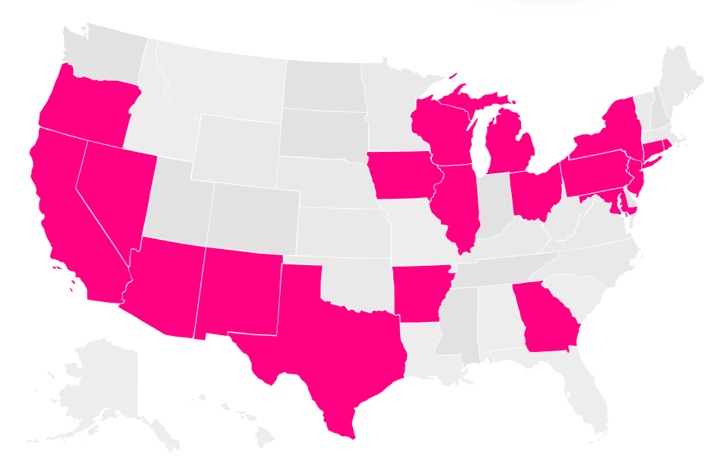
 Updated July 2018. Lemonade continues its rollout – see map above. Get a
Updated July 2018. Lemonade continues its rollout – see map above. Get a 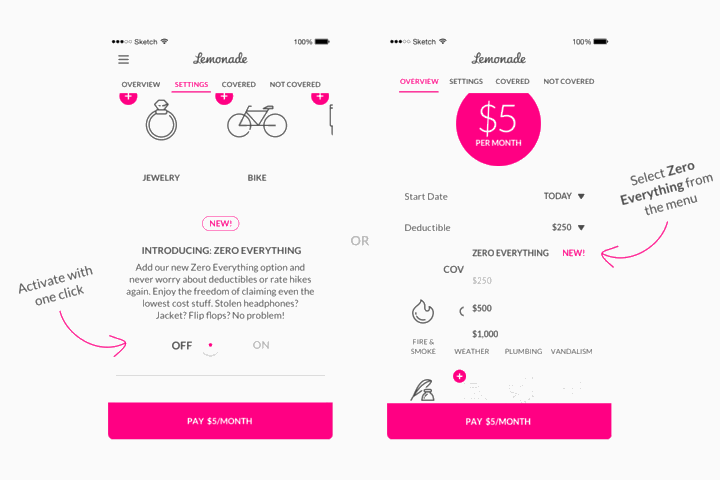
 The Best Credit Card Bonus Offers – May 2024
The Best Credit Card Bonus Offers – May 2024 Big List of Free Stocks from Brokerage Apps
Big List of Free Stocks from Brokerage Apps Best Interest Rates on Cash - May 2024
Best Interest Rates on Cash - May 2024 Free Credit Scores x 3 + Free Credit Monitoring
Free Credit Scores x 3 + Free Credit Monitoring Best No Fee 0% APR Balance Transfer Offers
Best No Fee 0% APR Balance Transfer Offers Little-Known Cellular Data Plans That Can Save Big Money
Little-Known Cellular Data Plans That Can Save Big Money How To Haggle Your Cable or Direct TV Bill
How To Haggle Your Cable or Direct TV Bill Big List of Free Consumer Data Reports (Credit, Rent, Work)
Big List of Free Consumer Data Reports (Credit, Rent, Work)